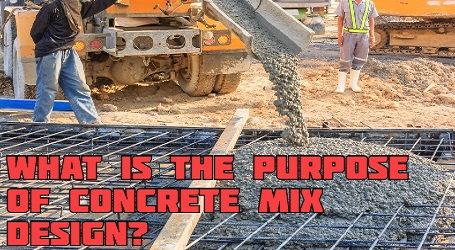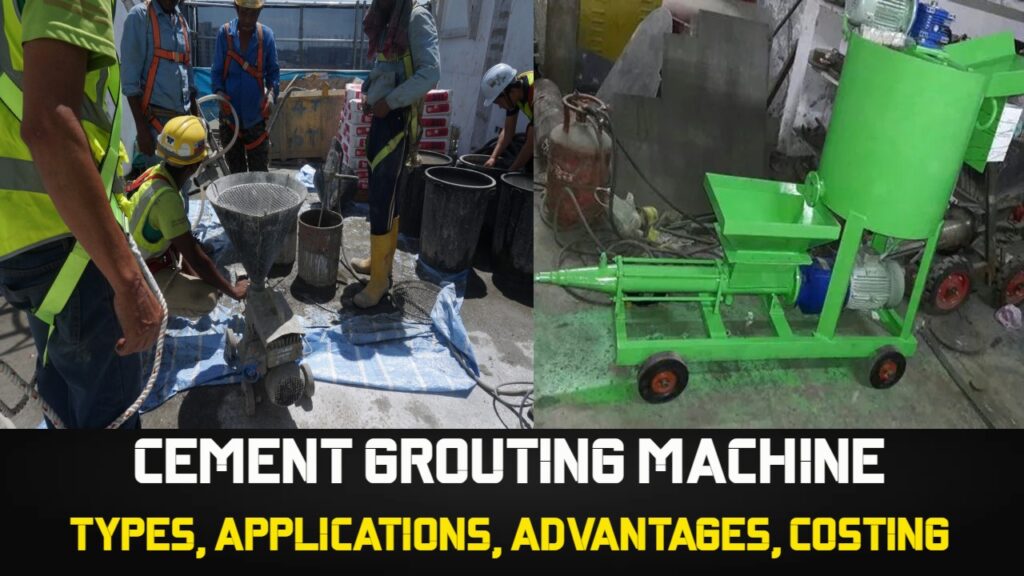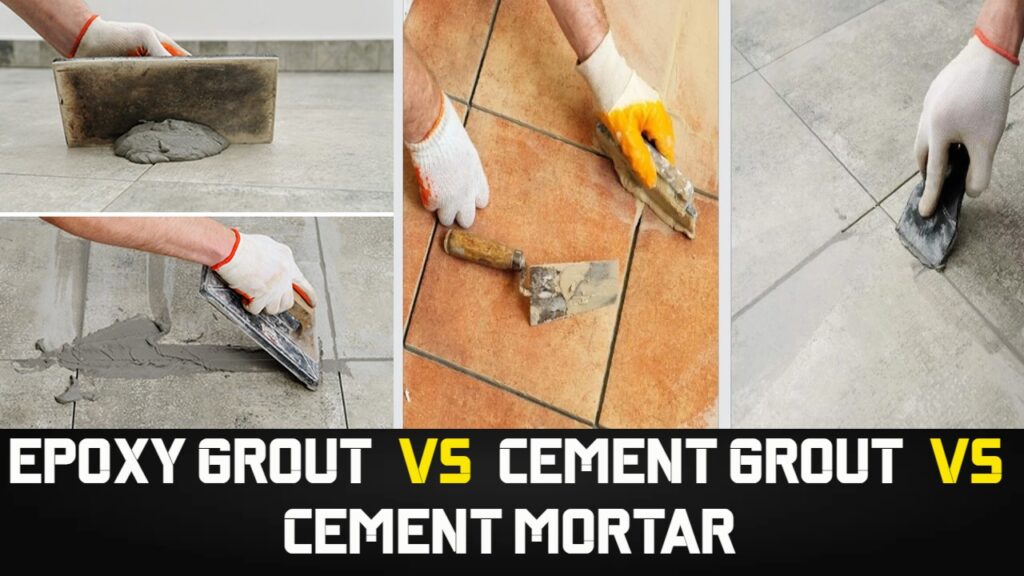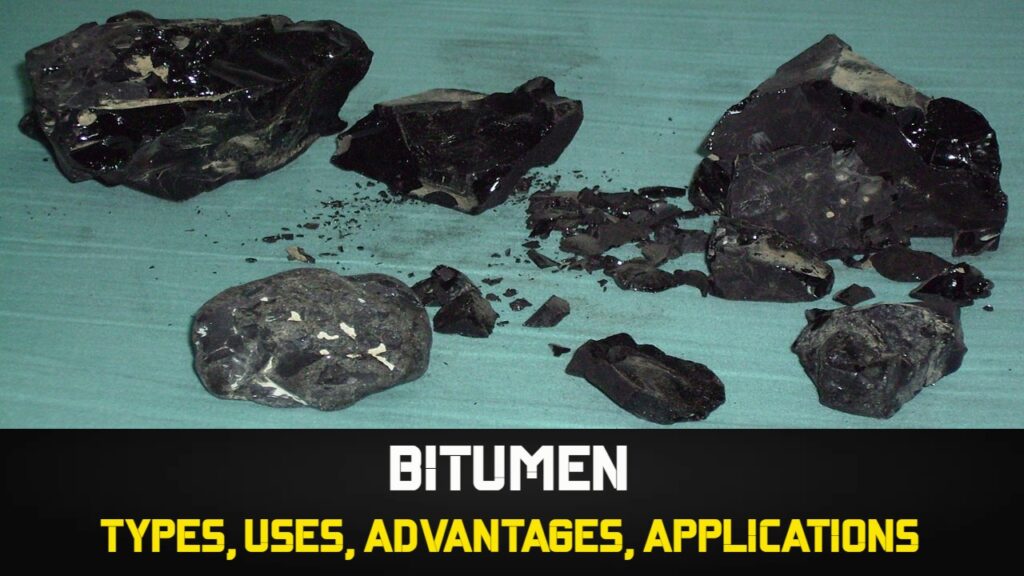Contents
What is the Purpose of Concrete Mix Design?
In this post we are going to discuss, What is the Purpose of Concrete Mix Design?
The design of the concrete mix is not a simple task on account of the widely varying properties of the constituent materials. The conditions that prevail at the site of work, in particular the exposure condition, and the conditions that are demanded a particular work for which the mix is designed.
Design of concrete mix requires complete knowledge of the various properties of these constituent materials, the implications in case of change on these conditions at the site, the impact of the properties of plastic concrete on the hardened concrete and the complicated inter-relationship between the variables. All these make the task of mix design more complex and difficult.
The design of concrete mix needs not only the knowledge of material properties and properties of concrete in a plastic condition, but it also needs wider knowledge and experience of concrete. Even then the proportion of the materials of concrete found out at the laboratory requires modification and readjustments to suit the field conditions.
With a better understanding of the properties, the concrete is becoming more and more an exact material than in the past. The structural designer stipulates certain minimum strength; and the concrete technologist designs the concrete mix with the knowledge of the materials, site exposure conditions and standard of supervision available at the site of work to achieve this minimum strength and durability.
Further, the site engineer is required to make the concrete at site, closely following the parameters suggested by the mix designer to achieve the minimum strength specified by the structural engineer.
In some cases, the site engineer may be required to slightly modify the mix proportions given by the mix designer. He also makes cubes or cylinders sufficient in numbers and tests them to confirm the achievements with respect to the minimum specified strength.
- STACKING AND STORAGE OF MATERIALS
- Design and Construction Of Pile Foundations
- Measure Horizontal Distance Using AutoLevel
- Bulking OF Fine Aggregates
- Concrete Cube Samples Taken for Different Volume
- Grades of Concrete as per IS 456 : 2000
Mix designer, earlier, may have made trial cubes with representative materials to arrive at the value of standard deviation or coefficient of variation to be used in the mix design. Mix design can be defined as the process of selecting suitable ingredients of concrete and determining their relative proportions with the object of producing concrete of certain minimum strength and durability as economically as possible.
The purpose of Designing as can be seen from the above definitions is two-fold. The first object is to achieve the stipulated minimum strength and durability. The second object is to make the concrete in the most economical manner. Cost-wise all concretes depend primarily on two factors, namely, the cost of material and cost of labour.
-
What is 1.54 in Concrete
-
De Shuttering Period as per IS 456
-
Grade Of Concrete And Its Cement, Sand And Aggregate Ratio
-
Derivation Of (d²/162) – Unit Weight Of Bar
Labour cost, by way of formworks, batching, mixing, transporting, and curing is nearly the same for good concrete and bad concrete. Therefore attention is mainly directed to the cost of materials. Since the cost of cement is many times more than the cost of other ingredients, attention is mainly directed to the use of as little cement as a possible constituent with strength and durability.






